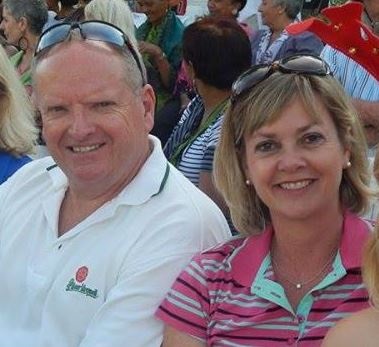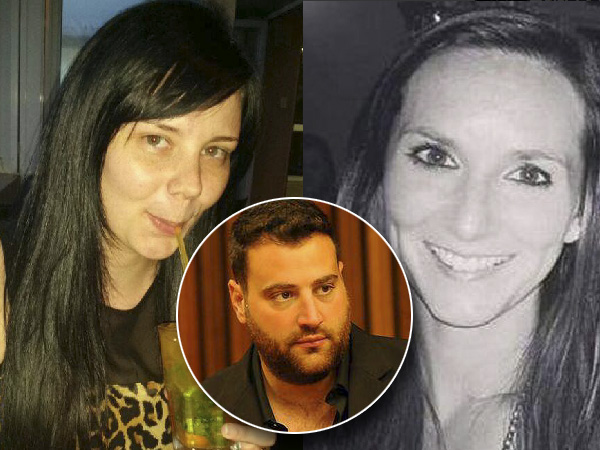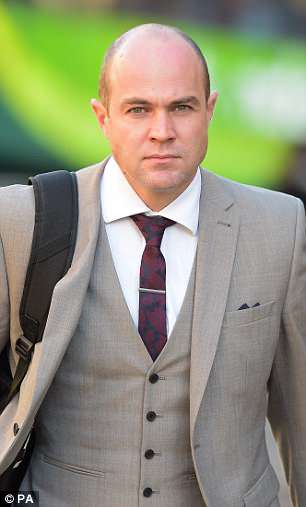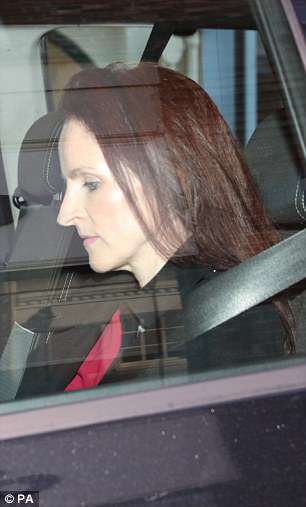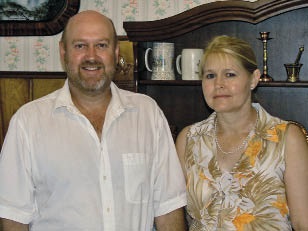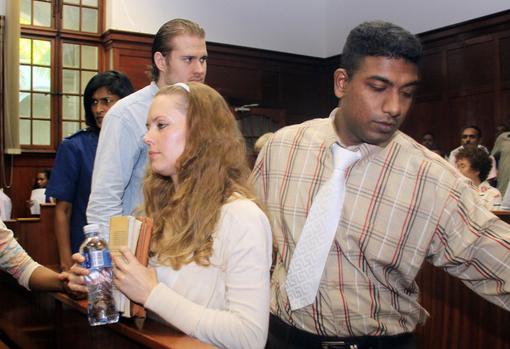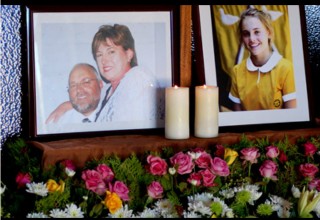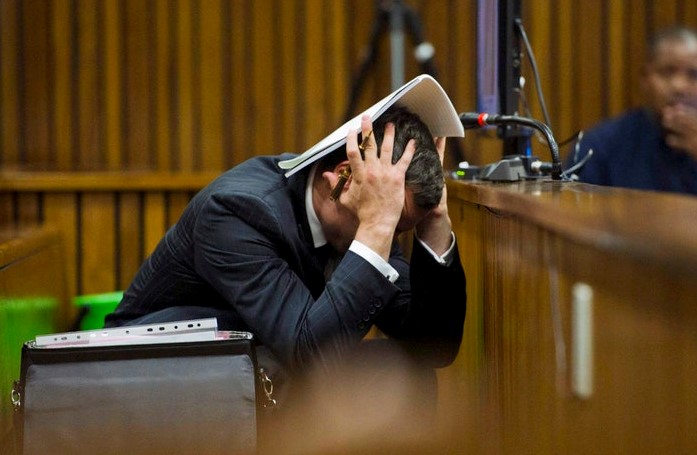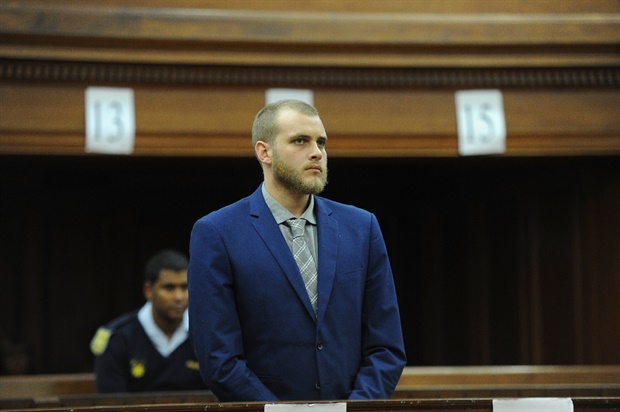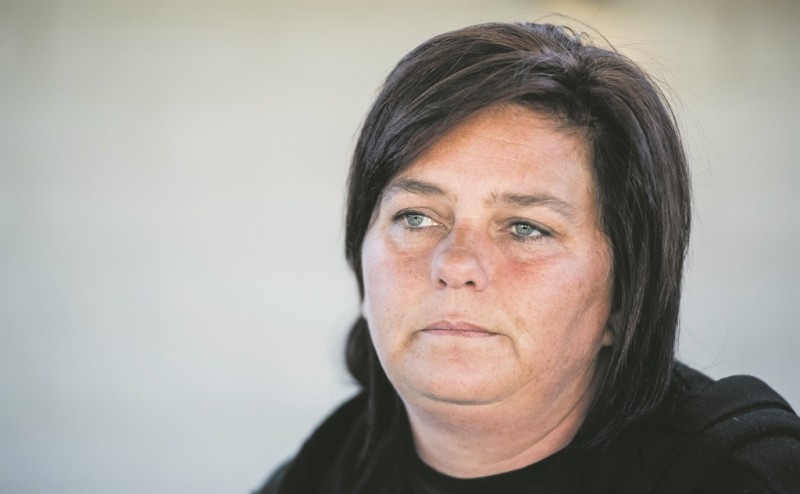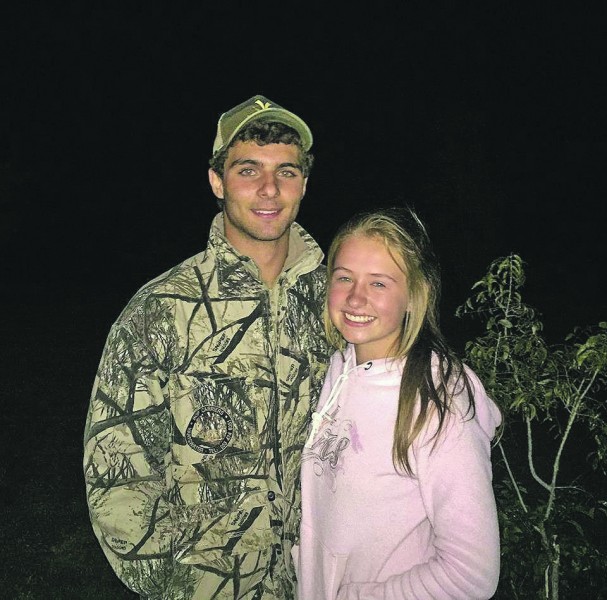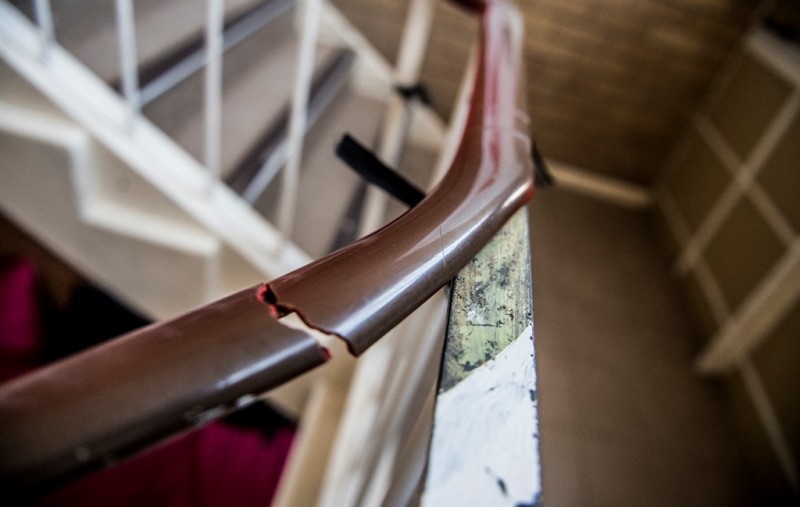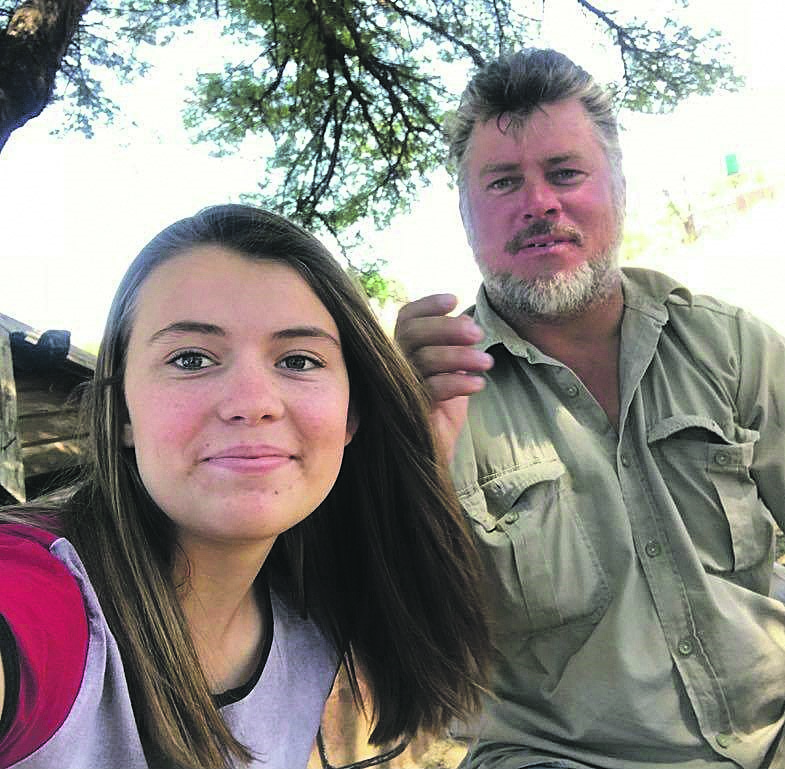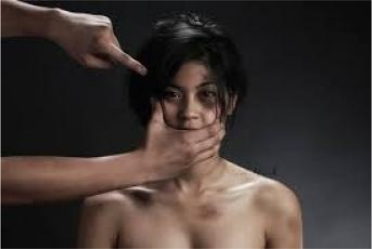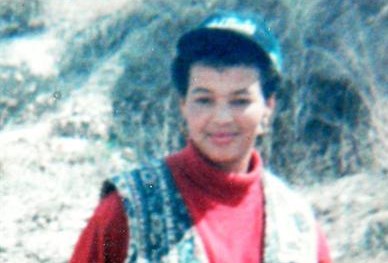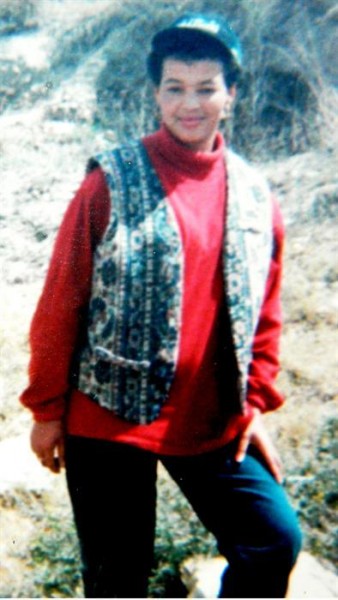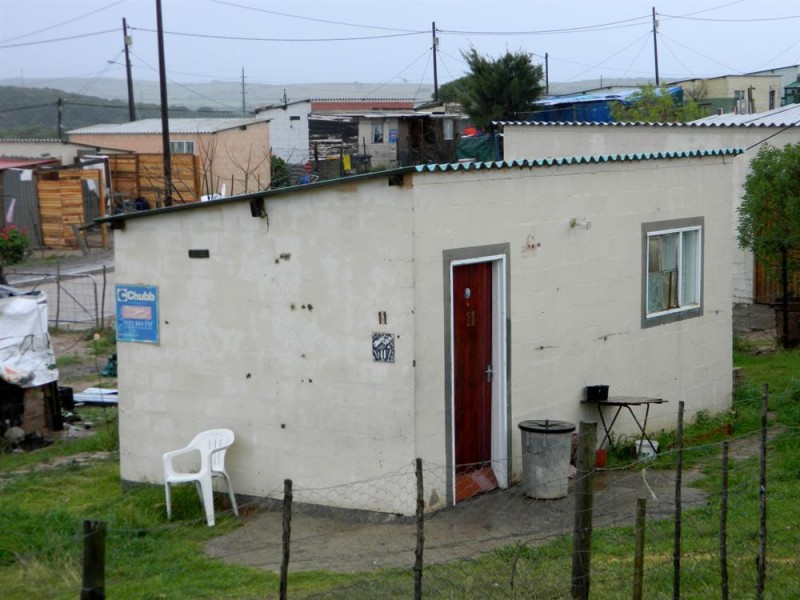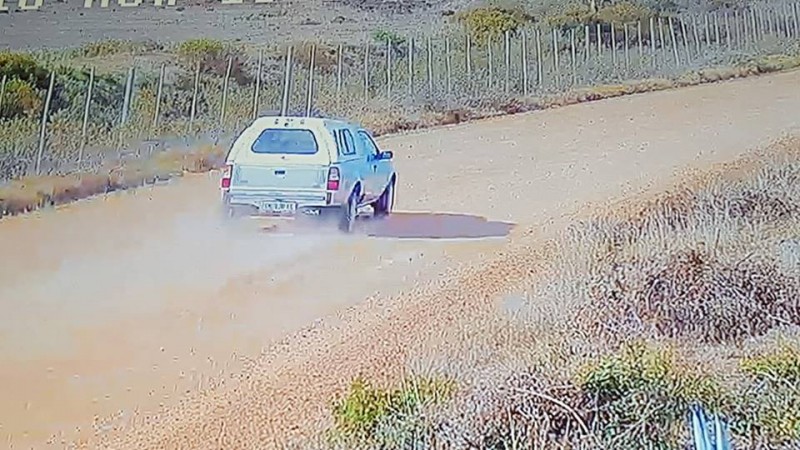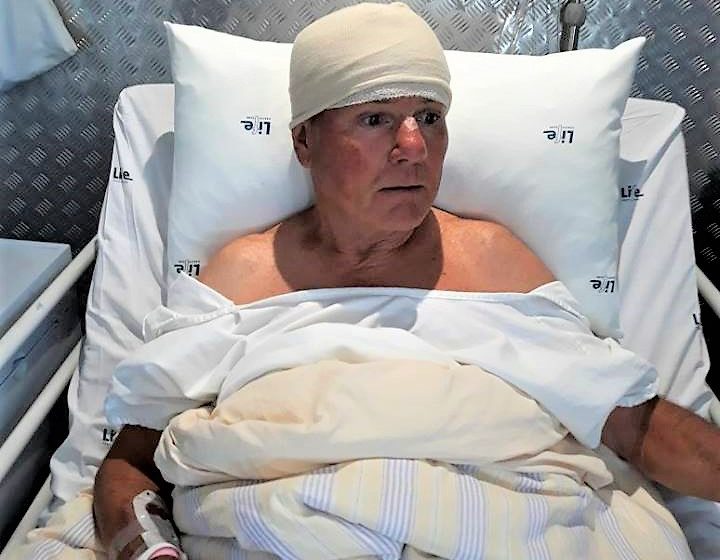NATIONAL NEWS - The government and justice system use every opportunity to emphasise society’s role in women abuse, but never reveal the great lengths that justice officials go through to pressurise abused women to withdraw their protection order cases, even though this choice lies solely with the prosecution.
Jennilee Peremore reveals a personal story with details of how the government and justice system deny abused women their rights and how civil society and the media should hold them accountable for the high rate of women abuse that lead to femicide in South Africa.
By: Jennilee Peremore
I have a big problem with a statement that was recently made by Police Minister Bheki Cele at the memorial lecture of Karabo Mokoena, the 22-year old whose body was burnt and buried by her ex-boyfriend in Johannesburg in April this year.
According to Eyewitness News Cele said, “It is up to society to set a trend that perpetrators of acts of crime against women are not welcome…[i]t’s not just a law enforcement issue, it’s a societal issue.”
By emphasising society’s role, he minimises the justice system’s accountability pertaining to women abuse.
I shared a similar concern last year in my article, Sixteen Days of Denialism, where I analysed how the government uses the 16 Days of No Violence Against Women and Children Campaign (VAWCC) to create the perception that they are doing something to fight women abuse and to entrench in the minds of all South Africans that women abuse is a societal issue and not a government and justice system issue.
If perpetrators do not believe that there are legal repercussions for them when they abuse women, then what exactly does Cele expect society to do? If law enforcement officers refuse to arrest perpetrators of abuse when presented with warrants of arrest, then what does Cele expect society to do?
At every opportunity, government and justice system officials shirk responsibility for the high rate of women abuse, and they do this through their communication to make society believe that abused women don’t report abuse and that therefore the statistics on women abuse continue to rise in South Africa.I think many of us have heard the common statement made by various police officers, that they get discouraged because women withdraw their cases. However, these police officers never reveal the great lengths that both SAPS officials and prosecution go through to pressurise abused women to withdraw their protection order cases, knowing very well that once this type of case is opened, there is notan option for the complainant to withdraw the case.
The withdrawal of a case of the Contravention of a Protection Order is never the decision of the woman. The decision lies solely with the prosecution. The reason for this is due to the fear, emotional trauma, financial dependence, and most importantly the close nature of the relationship between the abuser and the abused. The prosecution can only make the decision to withdraw a case if they can say with absolute certainty that the woman’s life will not be in danger if they withdraw the case.
How the justice system deals with women abuse
Last year “the Civilian Secretariat for Police (CSP)…revealed that out of 224 930 warrants of arrest issued, [the] police only made 1 624 arrests.” In 2015, it was reported that “more than 30 women…instituted claims against the state after being failed by the criminal justice system” and was being represented by lawyer, SushilaDhever, a partner at the law firm, Fasken Martineau. Dhever indicated that the three main problems facing victims of domestic violence are that judicial officers are often too cautious and conservative when presented with applications for protection orders, police fail to act on them, and there is a disjunction between civil and criminal processes. Therefore, there is evidence that a lot of women report abuse to the authorities.
However, the treatment that women receive when they do report abuse to SAPS officials will ensure that women who have reported abuse in the past will never do so again as justice officials make the process draining and emotionally traumatising.
I can personally attest to the poor treatment that abused women receive from the justice system and how their rights are blatantly ignored.
Personal encounters with the government and justice system
My sister, Veronic Peremore, wanted to execute her warrant of arrest against her accused on 8 August 2017 after he attempted to stab her. When the police officers from Bethelsdorp Police Station arrived, they allowed the accused to continue emotionally and verbally abusing us. The police also refused to make an arrest and came up with numerous invalid excuses including that her protection order is outdated and therefore invalid.
A protection order is granted with a warrant of arrest, and a protection order is valid indefinitely, it never expires. Therefore, police officers cannot refuse to arrest an abuser when they have contravened the conditions of a protection order, and when presented with a warrant of arrest.
The police officer said they can’t arrest him because Bethelsdorp Police Station is under construction and there is no space. When this excuse did not suffice, they said that her protection order/warrant of arrest is outdated and that they can only take him to a family member or friend. Peremore told them several times that she wants to lay charges, but the police officers refused to open the case. The accused was removed from the shared residence to stay with family since the night of the incident. She had to go to the Bethelsdorp Police Station the next day to open the case, only to be faced by another police officer who refused to open the case with the same excuse that the protection order/warrant of arrest is outdated, but he eventually opened it reluctantly when she asserted her rights.
Nine months later, and the case is still not resolved and only made it to trial two months ago. Domestic Violence cases need to be dealt with timeously by justice officials due to the close nature of the relationship between a woman and her accused. For the past nine months, Peremore has been faced with counter cases and protection orders made against her and her witness by the accused. The accused opened counter cases against Peremore and her witness five days after the attempted stabbing incident occurred, and one day after he found out Peremore opened a case against him for which he was apparently arrested and released.
Prosecutors from Gelvandale Court and SAPS officials from Bethelsdorp Police Station have been asking Peremore at every opportunity if she wants to withdraw her case against the accused andhave been holding the counter case made by the accused as leverage or as a scare tactic to coerce her into dropping her case or forher witnessto recant thewitness statement, thus making it accused’s word against the complainant’s.
SAPS officials and prosecution have been asked for charge sheets numerous times so that it can be taken to a lawyer, but they say there is no charge sheets for the counter cases as no one has been charged and they advised that there is no need to go to a lawyer, and waste resources. Yet these justice officials continue to bring up the counter cases the accused made, especially when asking her if she wants to withdraw her case against the accused.
They do this even though there has been no charges or arrests made and there has been no court appearancesfor the counter cases nine months after it was opened. Every time the complainant brings an irregularity to light, some tactic of victimisation is used against her and her witness to draw attention away from the malpractice of the justice officials.
When we appeared in court for the protection that the accused made against us, a magistrate at Gelvandale Court went as far as telling the accused to move back into the house with us. The Magistrate also denied any knowledge of the case my sister made against the accused even though he was the presiding officer on the case when the accused first appeared.
The magistrate also paid no attention to pleading from my sister and I that the accused would kills us. Since then, the accused moved back into the same house as my sister and I, and has since threatened on several occasions that he will kill bothof us. At the latest incident, he said, “I am going to kill them, and I’m not going to use a knife, I am going to use a gun and shoot them.” This statement was caught on voice recording and a police officer listened to the recording when they were called out recently on 17 May 2018.
Peremore reported the malpractice of the police to the Independent Police Investigative Directorate (IPID) in September 2017, only for the IPID to send her case to BethelsdorpPolice Station for resolution, the same station where the police officers and detectives reside against whom she made her complaint.
The station’s resolution to the case involved numerous meetings, each over several hours long and the promise of further meetings in future. It was clear that they wanted to make the process unnecessarily extensive and tiresome for her and they wanted to solely place the blame on lower ranking police officers, although she also complained about the malpractice of detectives.
When the case finally made it to trial, important sections of her protection order had been removed from the docket and her statement made by the investigating officer had been tampered with. Instead of the prosecution taking accountability for this, they made it Peremore’s problem and gave her two options, either prosecution will request that the case is removed from the court roll and start the entire process from the beginning, or proceed and lose the case. When Peremore asserted her rights and held prosecution and the SAPS accountable for the missing documents and tampered information, prosecution changed their tune very quickly and instead asked the magistrate to postpone the trial so that they can get the evidence that was removed from the file.
She had to make a new statement only to be dodged by her investigating officer at numerous occasions and when she finally met with the investigating officer, the officer omitted pertinent information from the statement and did not stamp or sign itmaking the statement invalid once again. After spending three hours at the Bethelsdorp Police Station to make this statement, she now must return and repeat the trauma of that evening, and abuse that stretches over several decades.
Peremore also reported the malpractice of prosecutors to theChief Prosecutor in Port Elizabeth, and the new senior prosecutor at Gelvandale Court, but instead of addressing her concerns and heeding to her request to not be further victimised for bringing irregularities to light, prosecution instead decided to ambush her in court on the day of the trial.
Peremore also sent numerous emails to various justice officials, including some of the highest-rankingofficials in the Eastern Cape and South Africa for assistance regarding the malpractice of justice officials, only to receive no response or a response that shows a lack of concern.
Peremore has gone through a draining process, going back and forth to Bethelsdorp Police Station and Gelvandale Court. This back and forth was not to discuss new information or the next step in the process, it was simply to give them information she has already given them, or make statements she has already made. She struggles to get hold of her investigating officer and have called constantly, and when they don’t answer, she must go to the police station every time only for her questions to be met with evasive responses from detectives.
The role of society
Society is not blameless, with that I can agree. Society has prejudicial views on abuse. There are many cultural and religious beliefs that continue to perpetuate the idea that women are less than men, and that women should obey men at all costs. Family often turn their back on the abused woman, leaving the abused woman exactly where her perpetrator wants her, alone and isolated where he can do as he pleases. This is the unfortunate and ugly reality of abuse.
If members of government and the justice system have the same patriarchal views as these members of society, and they allow their views to affect their objectivity and how they implement the rights of women indicated in the Constitution, then what recourse does Cele propose is available to abused women?
Therefore, despite society’s role, the government and justice system play the most important role in fighting women abuse, and everything else will follow suit after the government and justice system start giving abused women the justice they are entitled to before it is too late.
Justice only prevails when it is murder
In the past few years the femicides of Reeva Steenkamp, Jayde Panayiotou and more recently Karabo Mokoena andZolile Khumalo received massive media coverage.
The problem with solely reporting on femicides, is that it is too late.
Unfortunately, there is nothing we can do anymore to save Steenkamp, Panayiotou, Mokoena and Khumalo, but there is something we can do to save women who are currently being abused. The government and justice system can prevent these women from becoming the next Panayiotou or Mokoena, yet they are contributing to women becoming the next murder victims.
As media professionals, let’s take the matter into our own hands, let’s make women abuse our problem.
Government and justice system officials expect the spotlight on femicide cases that received big media coverage, and they make sure that they get their act together and implement the Constitution accordingly so that the media can report that the justice system’s judgement was accurate and fair.
Go to the courts and sit in the court rooms of the domestic violence and women abuse cases that were short of death, the seemingly smaller cases, and watch how it unfolds. Or sit at police stations and watch how women reporting abuse are treated. I am sure you will find, as I have, that many women are not silent about abuse as the narrative that the government and justice system continue to reiterate to us especially with their 16 Days of Activism (or rather 16 Days of Denialism Campaign).
As media professionals, we should prompt society to become enraged by seemingly smaller offences that eventually lead to death e.g. threats of death, a slap here and there, insults, defamation, attacks on character, isolation… This is how all femicide cases started. Make those smaller stories your headlines, report on the injustices these women face by the very civil servants who are supposed to protect them and who are their only form of recourse.
If you’re reporting on a murder, it will get the ratings, but it won’t save a life – the life is already lost.
By reporting on the injustices that can lead to murder, on the injustices incurred by our public servants, the people hired to protect South Africans, then you’re saving a life.
Let our country become enraged by the injustices of the South African government and the justice system, and by every act of abuse by perpetrators– not only murder.
According to Africa Check, South Africa’s femicide rate is 5 times more than the global rate when considering the latest actual data from 2010 where the global rate of femicide was 2.6 per 100,000 women and 13.4 per 100 000 women in South Africa.
We can write about women abuse, and the statistics until we are blue in the face and then hope that government will respond like I hoped when I appealed to President Cyril Ramaphosa in an article earlier this year.
The stats on women abuse continue to increase in South Africa and women are dying daily at the hands of men. Yet there are several lawsin place designed to protect women and children against abuse. We have a government and justice system who have the power to change these statistics and nothing is changing – it just doesn’t add up.
Women are urged to apply for protection orders when faced with incidences of abuse, however, I think protection orders were created so that any contravention of those orders can be earmarked as ‘the cases the justicesystem does not deal with’, because these cases are disrespected by government and justice officials andviewed as home issues.
Whenever emphasis is placed on the lack of implementation of the law, the blame is always solely placed on the people on the ground, the officers that arrive on the scene. However, if you go to any police station across South Africa, you will hear the same narrative. This can only mean one thing - that these orders come from a higher power.
I think it’s time that we all realise that the statistics on women abuse is not going to decrease with support from the government or the justice system. Let’s stop appealing to the government and the justice system, it’s a fruitless endeavour, we are wasting our time and creative energy; they have their own agendas for denying women their rights.
The women of South Africa are alone in this and the media are their only watchdogs.
The media is the only hope for saving the lives of abused women
There needs to be an investigation into the South African government and the justice system, on how they treat cases of abused women. We all need to wear our investigative caps, and it shouldn’t be anything new to anyone working in media, because research should be the cornerstone of everything we produce.
Be it advertisers, marketers, journalists, public relations practitioners (PRPs) or digital content managers, everyone in media has a role to play; to ask the right questions, interview the right people and go to the right places.
We need to work together to fight women abuse, because if the government and justice system hasn’t helped women in several decades there is no hope that they ever will.
This is not only a task for the investigative journalists, we all need to roll up our sleeves, transform our roles and include investigative as a prefix to our job titles; investigative advertisers, investigative marketers, investigative PRPsand probably most importantly investigative civilians. The people need to come forward report the malpractice of government and justice officials to the media.
The media has the most powerful tool at its disposal; platforms that can reach millions of people in every corner of South Africa and around the world. Every platform needs to come onboard; newspapers, magazines, radio, TV and digital.
The media has made a concerted effort to fight women abuse, especially in the past few months. South Africa and the world has been shocked by the several femicides that made it huge in the media in the past few years. You placed the spotlight on women abuse; you made it your top stories. You got the entire country talking about women abuse, something that we used to only hear about on Women’s Day, 9 August every year, or the government’s 16 Days of Activism for no VAWCC during December.
You’ve changed reports on women abuse from occasional to topical – that’s the power of the media.
You can’t stop now, you must dig even deeper to get to the root of the problem, ignore the government rhetoric.
Ask the important questions to the most important people - women
Interviewing government and justice officials about abuse has no resolution. You need to go to the people, the women who are abused.
These women come from all walks of life. Women who are dependent on their abuser and who face poverty, face even more difficulties in accessing justice. These women don’t have access to transport, airtime or internet to research their rights. The role of the SAPS becomes even more pivotal in these situations, as SAPS officials are their first, and in many circumstances, their only source of legal recourse, and when SAPS officials fail to show them support, these women stay with the abuser indefinitely.
As media professionals, we need to eliminate these barriers for women, we need to go to these women, find these stories, share them and expose all corrupt behaviour of government and justice officials.
Some of the important questions that the media should be asking is what happened to the women who have spoken about their abuse, women who reported it?
How are these women treated by court clerks, the SAPS, prosecution, and magistrates (if they are lucky enough for their case to make it to court)? How many of the women who apply for protection orders are granted interim protection orders, and how many of these interim protection orders become final? The applications that were denied, what was the magistrates’ reasons for denying it? How many men apply for protection orders to counter the protection orders that women have against them, and how many abusers have made counter cases against abused women? How many dockets of abused women have gone missing in the hands of SAPS officials and prosecutors to have cases thrown out?
The media have the power to change the narrative about abuse, a narrative which the government and justice system has worked tirelessly at imprinting in the minds of all South Africans; that women are silent about abuse.
The truth is women are silenced.
If there are any women who are experiencing abuse and have been denied their rights by SAPS officials, court clerks, prosecutors, magistrates or any other government or justice system official, please contact me on This email address is being protected from spambots. You need JavaScript enabled to view it..














